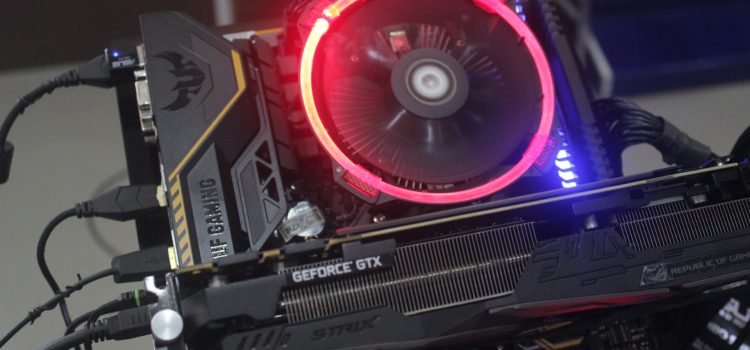
The automotive world is abuzz with excitement as spy shots of a heavily disguised Audi RS7 mule have emerged, teasing the possibility of an electrified future for the high-performance sedan. These covertly obtained images showcase an imposing presence wrapped in camouflage, igniting speculation among enthusiasts about Audi’s commitment to plug-in hybrid technology. In this article, we delve into the thrilling details captured in the spy shots and explore what this potential RS7 variant could mean for the brand and its passionate fan base.
The Audi RS7: A Legacy of Power:
The Audi RS7 has long been revered as a symbol of unbridled performance, combining exquisite luxury with blistering speed. With its aggressive styling, muscular proportions, and formidable V8 engine, the RS7 has carved a special place in the hearts of automotive enthusiasts worldwide. However, with the industry’s increasing focus on sustainability and environmental responsibility, the question arises: Can the RS7 continue to reign supreme in the era of electrification?
Spy Shots Unveil the Future:
The recently surfaced spy shots provide a tantalizing glimpse into Audi’s vision for the future of the RS7. While the heavy camouflage obscures many details, keen-eyed observers have noticed certain clues pointing towards a plug-in hybrid powertrain. The presence of additional charging ports discreetly integrated into the bodywork suggests a departure from traditional internal combustion engines, opening up new possibilities for power and efficiency.
Potential Performance Prowess:
If the rumors hold true, the potential Audi RS7 mule could offer an electrifying blend of performance and eco-consciousness. By harnessing the power of electricity in combination with a potent internal combustion engine, Audi could unlock unprecedented levels of acceleration, responsiveness, and agility. The seamless integration of a plug-in hybrid powertrain would not only enhance the RS7’s performance credentials but also deliver improved fuel efficiency and reduced emissions, catering to the demands of an evolving automotive landscape.
Audi’s Electrification Strategy:
The potential RS7 variant aligns with Audi’s broader electrification strategy, as the brand aims to lead the charge in sustainable mobility. Audi has committed to electrifying its entire lineup in the coming years, with a focus on plug-in hybrids and fully electric models. By introducing electrification into the RS7 family, Audi would further solidify its position as a pioneer in the high-performance segment while championing the principles of environmental stewardship.
Fan Expectations and Industry Implications:
Enthusiasts around the globe eagerly await official confirmation and detailed specifications of the potential Audi RS7 plug-in hybrid variant. If realized, this model could set a new benchmark for electrified performance sedans, pushing the boundaries of power, efficiency, and driving dynamics. Furthermore, the emergence of an electrified RS7 could have broader implications for the automotive industry, inspiring other manufacturers to explore similar hybrid offerings in their performance lineups.
Conclusion:
The covertly captured spy shots of a possible Audi RS7 mule embracing plug-in hybrid technology have sent shockwaves through the automotive community. As the industry transitions towards a more sustainable future, Audi’s potential electrification of the iconic RS7 represents a bold step forward. By blending electrification with the RS7’s legendary performance pedigree, Audi seeks to redefine what it means to be a high-performance luxury sedan in the age of sustainability.

















